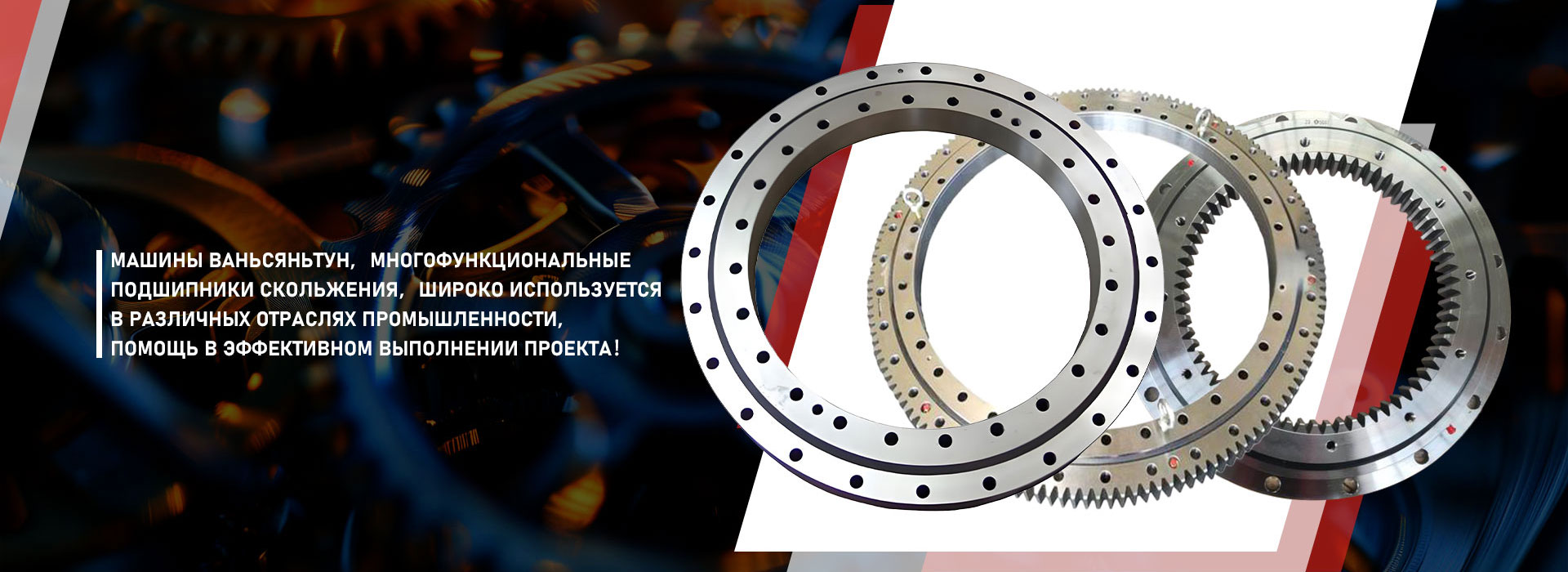
Mechanical processing of parts on machines
Mechanical processing of parts on machines
Mechanical processing of parts is the process of creating or changing the shape, size and properties of blanks using special machines. Imagine a piece of metal, wood or plastic - a workpiece. To make the desired screw, gear or part for the car from this workpiece, processing is necessary. The machines do this work, like experienced craftsmen, carefully and accurately removing excess material.
Varieties of machine tools and their capabilities
There are a huge number of different machines, each of which specializes in a certain work. For example, turning machines are ideal for processing parts with a rotating axis, such as shafts. Manding machines, like powerful knives, create complex surfaces and reliefs. Grinding machines, with their abrasive circles, provide high accuracy and smoothness of the surface. In addition, there are other types of machine tools - drilling, stinging, strict - each with unique opportunities for performing specific tasks.
Technological process and safety
The processing process includes several stages. First, the workpiece is fixed on the machine. Then, depending on the type of machine, the tool (for example, incisors, cutters) affects the workpiece, removing excess material from it. It is very important to observe safety precautions! Workers must strictly follow the instructions for the operation of machine tools, put on protective clothes and observe the rules of conduct in the workshop. The dangerous areas and moving parts of the machine must be constantly monitored. It is important to remember that safety is the main priority in the process of mechanical processing.
Quality and control
As a result of processing, we get a ready -made part that meets the required accuracy, shape and quality parameters. Various tools and methods are used to control quality. From measurement of size to verification of the properties of the material - all this serves to guarantee that the part corresponds to the specified characteristics. Compliance with standards and requirements is the key to the successful use of the processed part in subsequent processes or the final product. That is why quality control is an integral part of machining on machines.
AppropriateProducts
Corresponding products
The best soldproducts
The best -selling productsConnectedsearch
Related search- OEM gears production plants
- Manufacturers of 4 steps in China
- Chinese factories for processing machine parts
- Manufacturers of the VAZ 5 programs 2107 in China
- Measurements of the gap between the supporting devices of Liebherr factories
- The countries of the main buyers of cheap bearings 4
- Excavator bearings suppliers in China
- gear crankshaft 8 valves
- Suppliers of repair kits of the excavator supporting devices in China
- Oport -shaped bearing RDK 500














